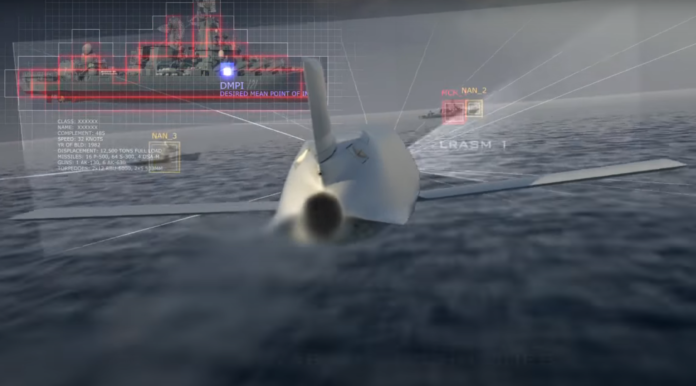Guided missiles work by tracking the moving target’s location in space by specific methods (e.g. using a radar or following its heat signature), chasing it down, and finally hitting it with accuracy. Guidance systems in missiles can be of various types, which serve different operational purposes. There are tens of guidance systems. This article will focus on homing guidance, widely used on naval missiles.
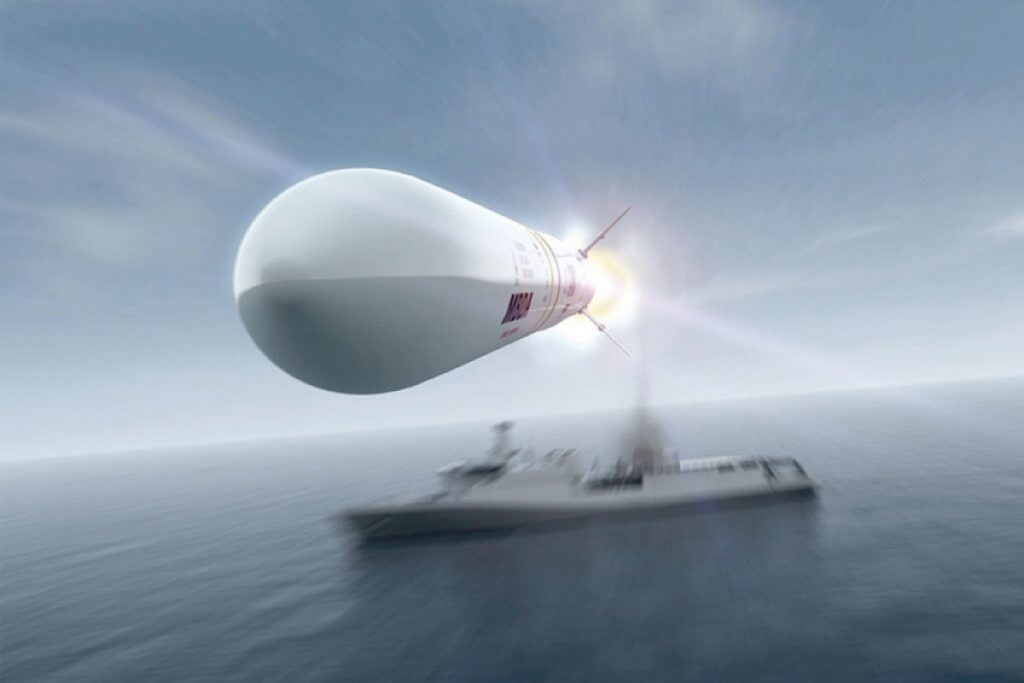
Homing guidance systems control the flight path by employing a device in the weapon that reacts to some distinguishing feature of the target. Homing devices can be made sensitive to various energy forms, including RF, infrared, reflected laser, and visible light. In order to home on the target, the missile must determine at least the azimuth and elevation of the target by one of the means of angle tracking methods.
Active radar homing
Active radar homing is a missile guidance method in which a missile contains a radar transceiver (in contrast to semi-active radar homing, which uses only a receiver) and the electronics necessary to find and track its target autonomously.
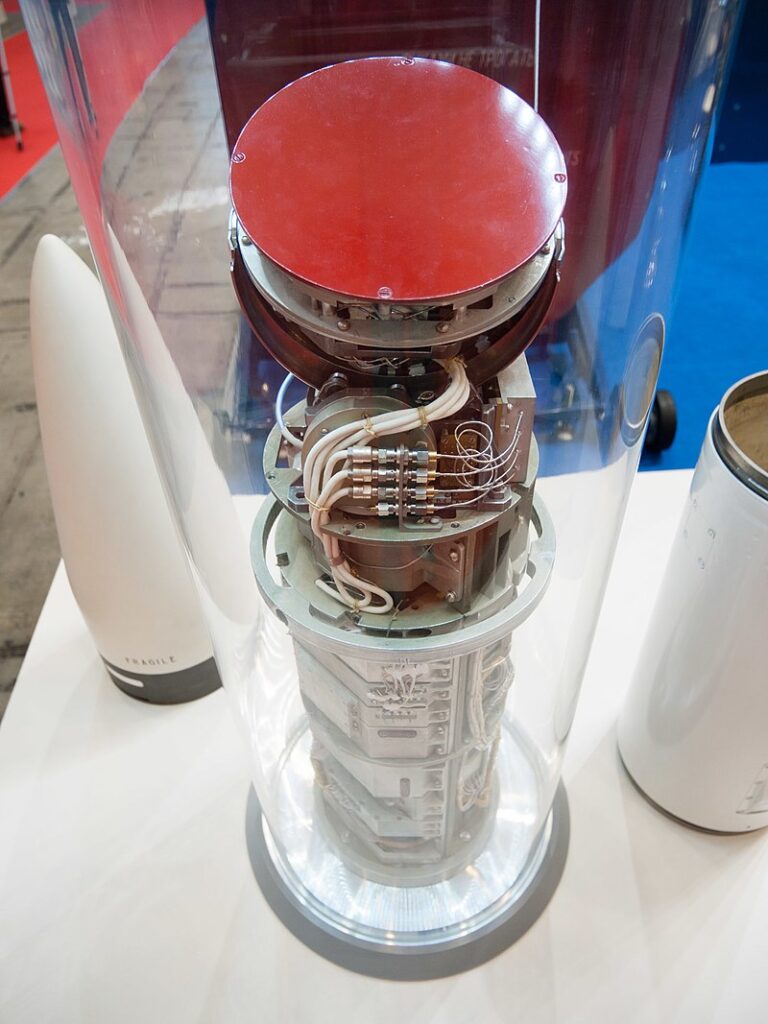
There are two significant advantages of active radar homing:
- The tracking can be much more accurate and also have better resistance to electronic countermeasures. Active radar homing missiles have some of the best kill probabilities, along with missiles employing track-via-missile guidance.
- The missile is totally autonomous during the terminal phase, the launch platform does not need to have its radar enabled at all during this phase, and in the case of a mobile launching platform like an aircraft, can actually exit the scene or undertake other actions while the missile homes in on its target. This is often referred to as fire-and-forget capability and is a great advantage that modern air-to-air missiles have over their predecessors.

Disadvantages
Because a complete radar system is implemented, an active system will be more expensive than a semi-active systems if all other factors are equal.
Semi-active radar homing
Semi-active radar homing (SARH) is a common type of missile guidance system, perhaps the most common type for longer-range air-to-air and surface-to-air missile systems. The name refers to the fact that the missile itself is only a passive detector of a radar signal—provided by an external (“offboard”) source—as it reflects off the target (in contrast to active radar homing, which uses an active radar: transceiver). Semi-active missile systems use bistatic continuous-wave radar.
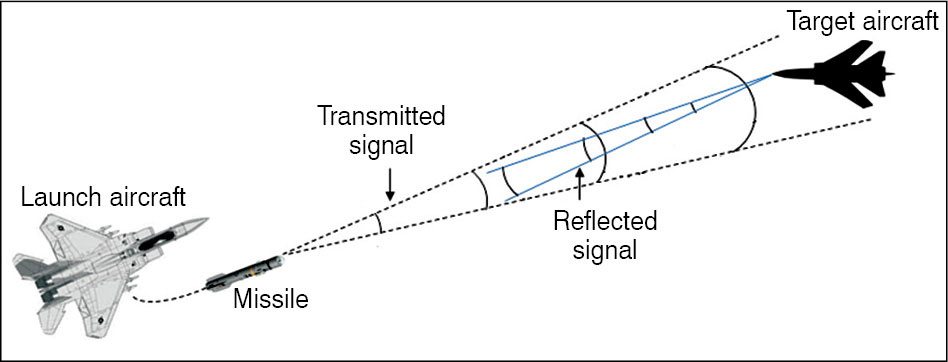
Passive radiation homing
An anti-radiation missile (ARM) is a missile designed to detect and home in on an enemy radio emission source. Typically, these are designed for use against an enemy radars, and anti anti-ship missiles .
Many missiles employing passive homing as an additional capability. If the target does attempt to use noise jamming, the missile can home in on the target’s radiation passively (home-on-jam). This makes such missiles practically immune to noise jamming
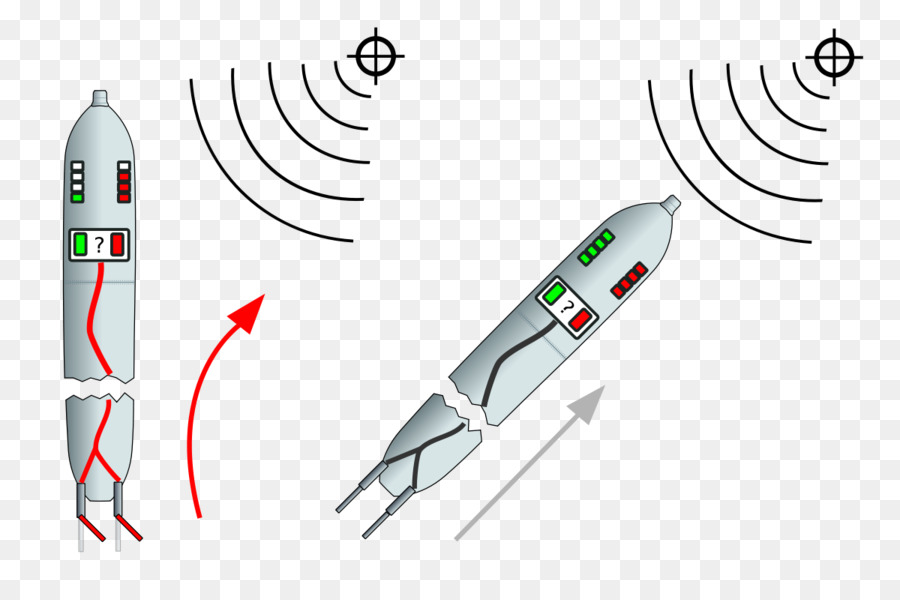
Infrared homing
Infrared homing is a passive weapon guidance system that uses the infrared (IR) light emission from a target to track and follow it. Missiles that use infrared seeking are often referred to as “heat-seekers” since infrared is radiated strongly by hot bodies. Many objects such as people, vehicle engines, and aircraft generate and emit heat and are especially visible in the infrared wavelengths of light compared to objects in the background.

Infrared seekers are passive devices, which, unlike radar, do not indicate that they track a target. That makes them suitable for sneak attacks during visual encounters or over longer ranges when used with a forward-looking infrared. Heat-seekers are highly effective: infrared-homing missiles have caused 90% of all United States air combat losses over the past 25 years. They are, however, subject to a number of simple countermeasures, most notably by dropping flares behind the target to provide false heat sources. That works only if the pilot is aware of the missile and deploys the countermeasures, and the sophistication of modern seekers has rendered them increasingly ineffective.
Unlike presented in movies and video games, heat-seeking missiles do not turn and bank and snake around, following your every move. They have only a limited steerability and can be out maneuvered if launched far enough.
Imaging Infrared
Modern heat-seeking missiles utilize imaging infrared (IIR), where the IR/UV sensor is a focal plane array that can produce an image in infra-red, much like the CCD in a digital camera. This requires much more signal processing but can be much more accurate and harder to fool with decoys. In addition to being more flare-resistant, newer seekers are also less likely to be fooled into locking onto the sun, another common trick for avoiding heat-seeking missiles. By using the advanced image processing techniques, the target shape can be used to find its most vulnerable part toward which the missile is then steered.
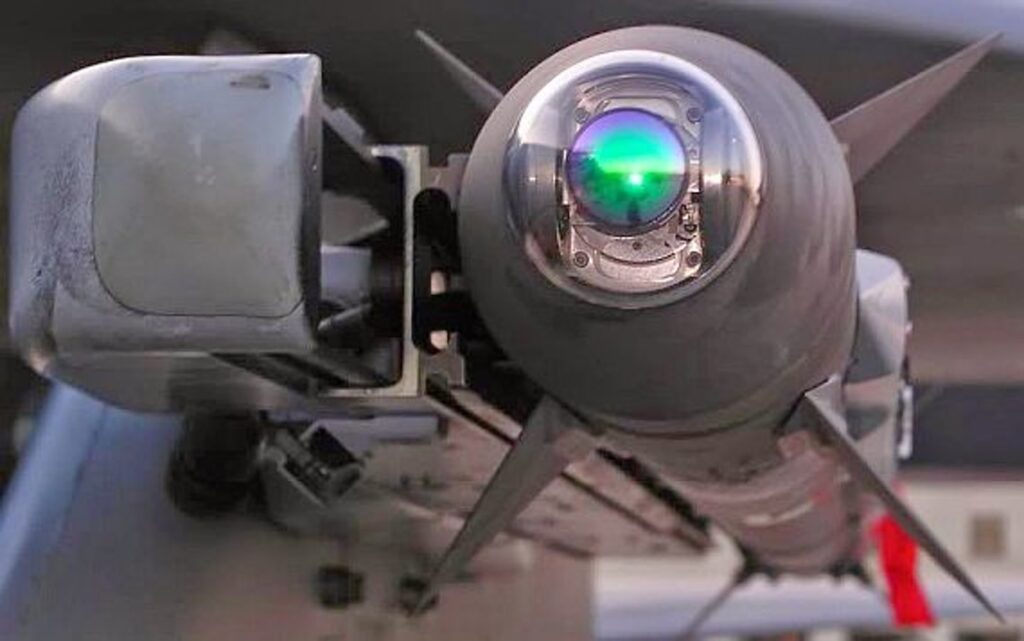
Laser Guidance
Laser guidance is used to guide a missile or other projectile or vehicle to a target by means of a laser beam (Lidar), e.g. beam riding guidance or semi-active radar homing (SARH). This technique is sometimes called SALH, for Semi-Active Laser Homing. With this technique, a laser is kept pointed at the target and the laser radiation bounces off the target and is scattered in all directions (this is known as “painting the target”, or “laser painting”). The missile, bomb, etc., is launched or dropped somewhere near the target. When it is close enough for some of the reflected laser energy from the target to reach it, a laser seeker detects which direction this energy is coming from and adjusts the projectile trajectory towards the source. While the projectile is in the general area and the laser is kept aimed at the target, the projectile should be guided accurately to the target. However, SALH is not useful against targets that do not reflect much laser energy, including those coated in special paint, which absorbs laser energy. This is likely to be widely used by advanced military vehicles in order to make it harder to use laser designators against them and harder to hit them with laser-guided munitions. An obvious circumvention would be to merely aim the laser close to the target. Countermeasures to laser guidance are Laser detection systems, smokescreen, anti-laser active protection systems.
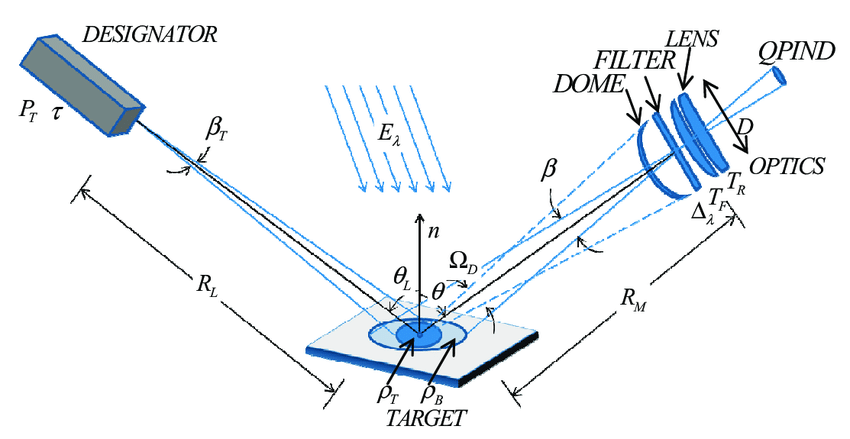
Modern missiles
Modern missiles have more than one homing system onboard. Missile technology is advancing day by day, and the passive countermeasure systems are becoming less effective. The defense industry develops more advanced active systems to counter the incoming missiles.
Check out Naval Library App to find out the specifications of the missiles.




